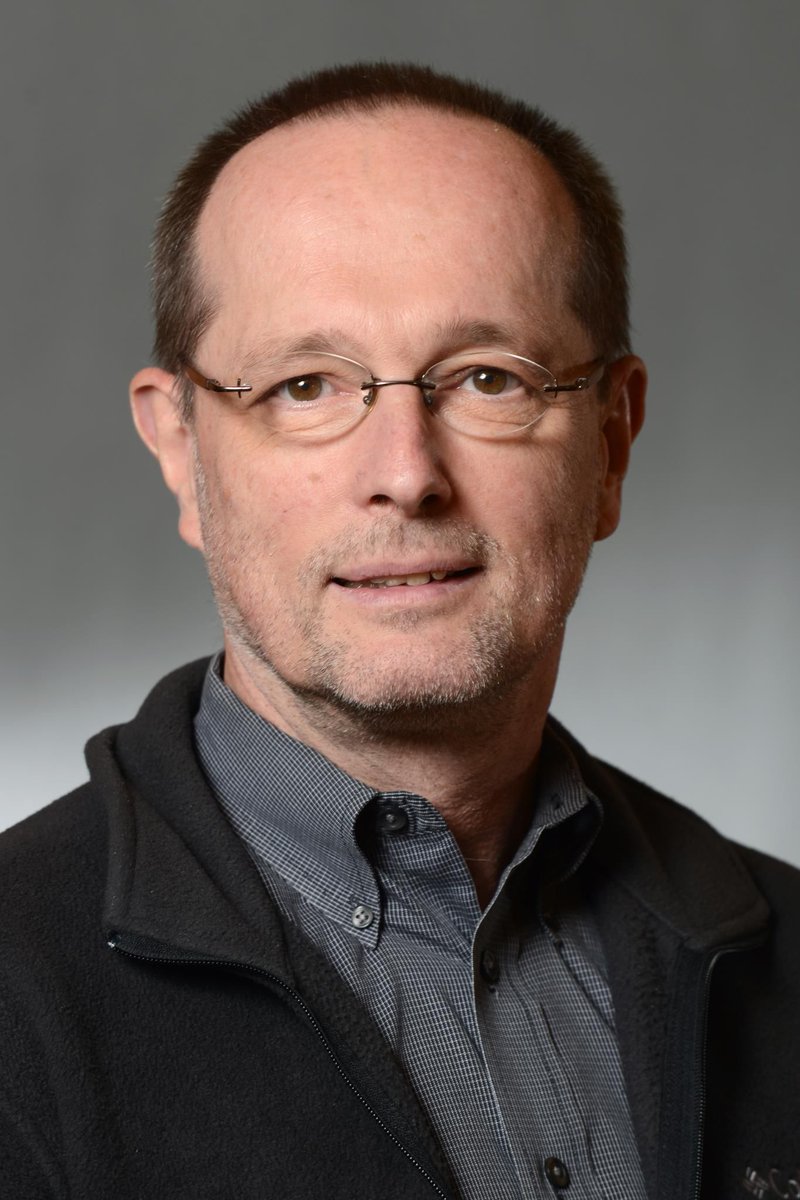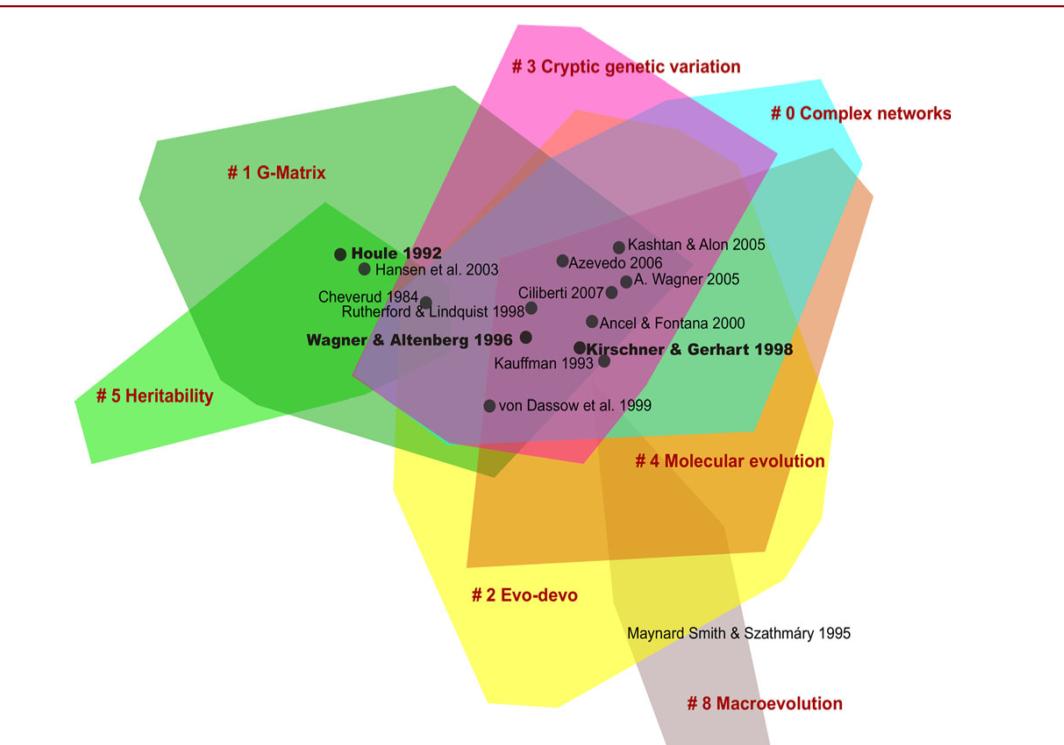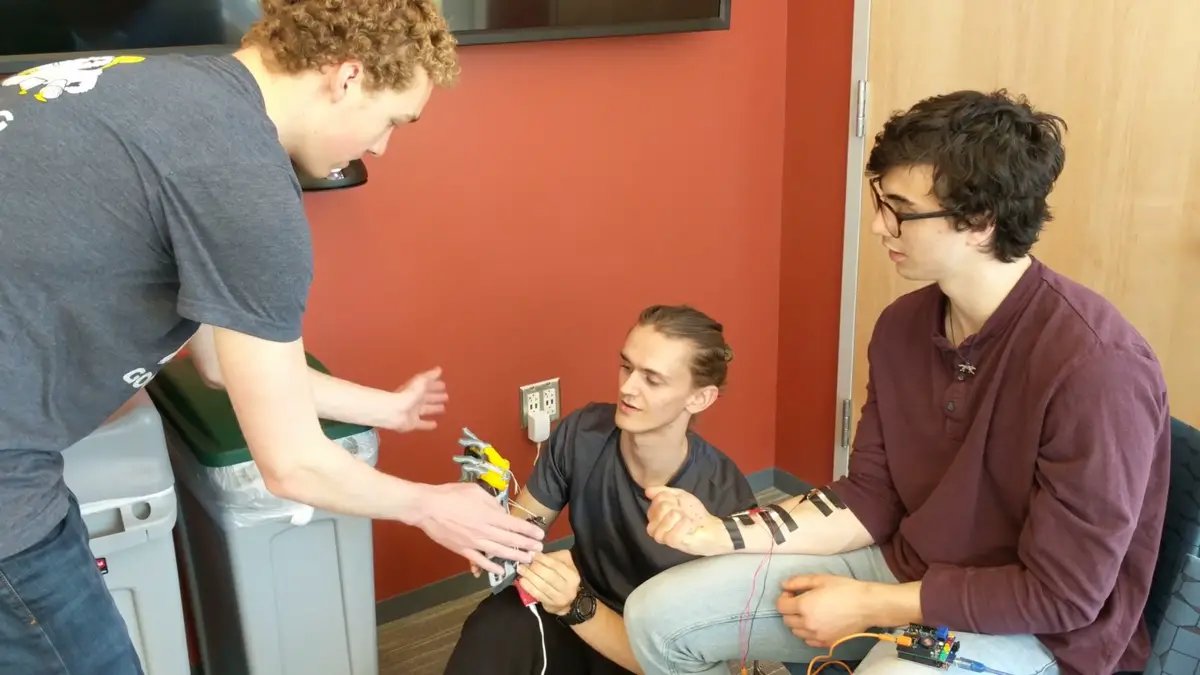⌨️ Blog: magenta.tensorflow.org/ddsp
🎵 Examples: g.co/magenta/ddsp-e…
⏯ Colab: g.co/magenta/ddsp-d…
💻 Code: github.com/magenta/ddsp
📝 Paper: g.co/magenta/ddsp-p…
1/


Keep Current with Jesse Engel
This Thread may be Removed Anytime!
Twitter may remove this content at anytime, convert it as a PDF, save and print for later use!

1) Follow Thread Reader App on Twitter so you can easily mention us!
2) Go to a Twitter thread (series of Tweets by the same owner) and mention us with a keyword "unroll"
@threadreaderapp unroll
You can practice here first or read more on our help page!




